Our exhibition space
The exhibition showcases Scion science and research in three key areas:
Caring for our forests
Our goal: healthy, resilient forests that New Zealanders can all enjoy. Trees give us more than timber, fuel and fibre. We’re talking about clear air, water and spaces to live – not just for people, but for birds and animals too.
Building the future from timber
Trees are the ultimate green technology. When we build with timber, we continue storing carbon for decades or even centuries.
Creating tomorrow’s products
“Anything made from fossil-based materials today can be made from a tree tomorrow.”
A circular bioeconomy is centred around people and nature – getting the most value out of renewable biological resources while minimising waste.
The exhibition was designed and installed by The Gibson Group.
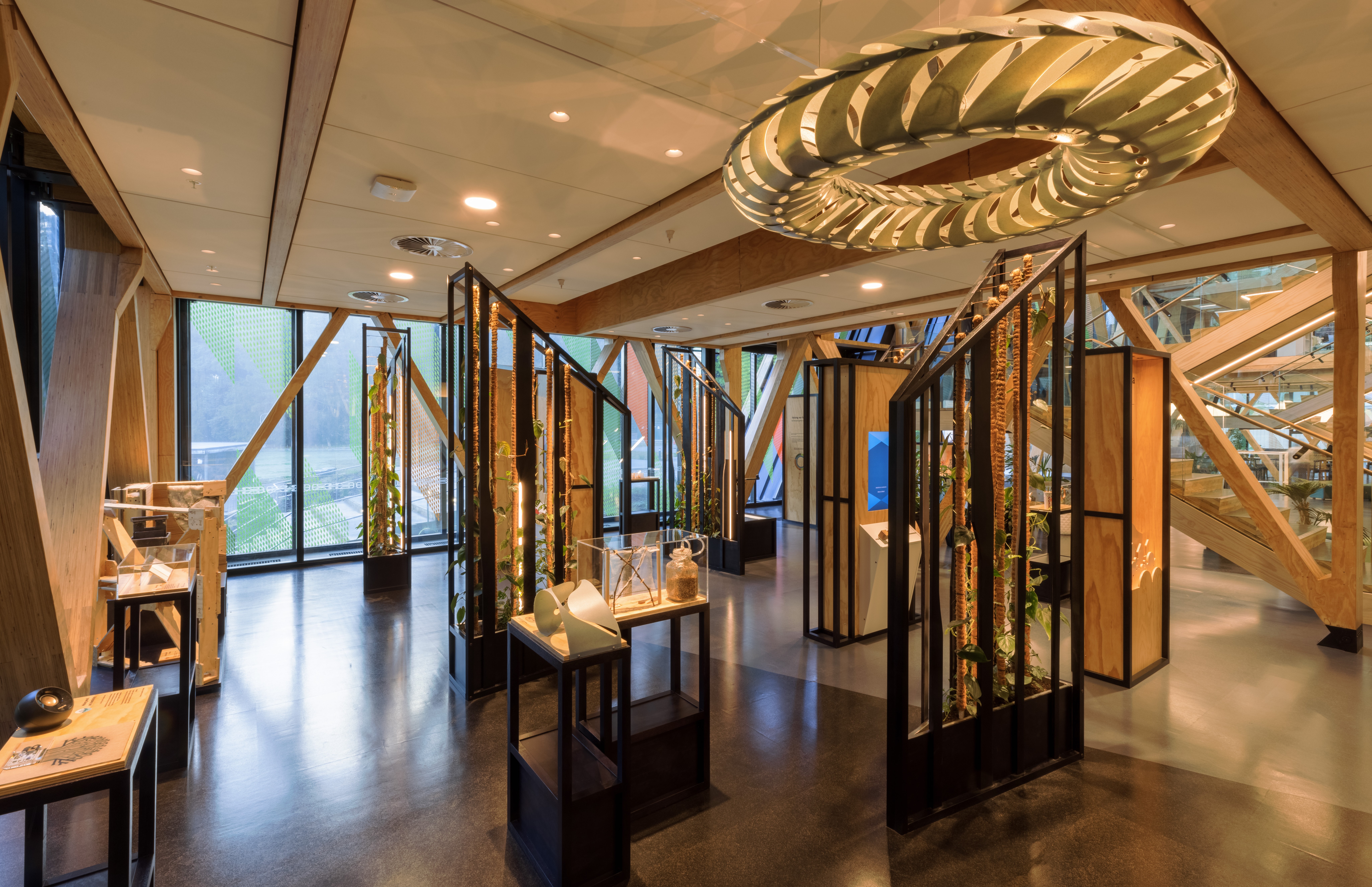
The details are in the data: Precision forestry
New precision forestry methods help us keep an eye on the trees in New Zealand’s 1.7 million hectares of plantation forests. We’re scanning the forests using lasers, sensors and cameras mounted on unmanned aerial vehicles (UAVs or drones). The data we collect lets us detect disease, monitor growth, and keep an eye on damage from wind and storms. We can identify individual trees and see how the three key factors of genetics, site and forest management contribute to a productive tree.

Read more on Information technologies for forestry
Lighting fires for science: Rural Fire Research
We’re working to understand and prevent rural fires. Fire risk is rising in New Zealand as our climate changes. People and property at the edges of urban areas are particularly vulnerable.
Our fire research team are experts at carrying out controlled burns to observe fire behaviour in different weather, terrain and fuel type. The ability to predict how fires behave will help us prevent and safely manage fires, protecting life and houses, farms, forests and native animals and plants in rural landscapes.

Read more about Rural fire research
Healthy forests: Fighting Phytophthora
Phytophthora infect and invade plant cells, killing the cells and sometimes the whole plant. Native, exotic and food-producing plants are at risk from these disease-causing organisms (pathogens).
We are working on detecting and identifying the pathogens to understand how they spread and invade and infect cells. If we understand this, we may be able to help plants resist and fight the infection and find plants with a natural tolerance to Phytophthora species.
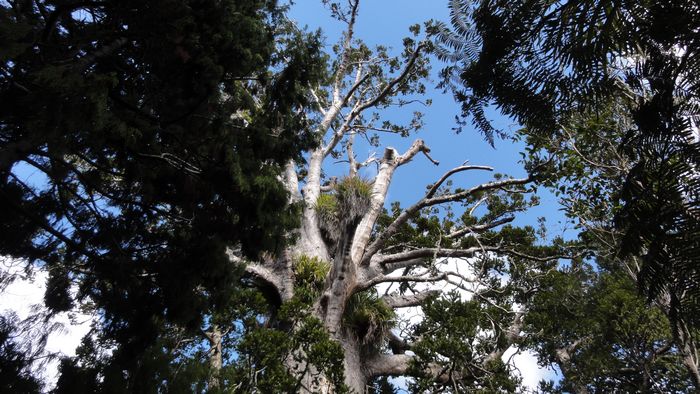
Read more about Protecting our forests from pests and pathogens
Engineered wood: New timber technologies
We’re developing new timber technologies that make buildings like Te Whare Nui o Tuteata possible. Building with wood is a great way to remove carbon from the air and store it. However, wood by itself is not very strong.
Te Whare Nui o Tuteata shows how we can take advantage of New Zealand’s timber resources to add strength and build attractive and durable buildings. The diagonal grids that support the building provide strength and stiffness and use less material than traditional structures. The building is an example of wood storing carbon with reduced use of concrete and steel.
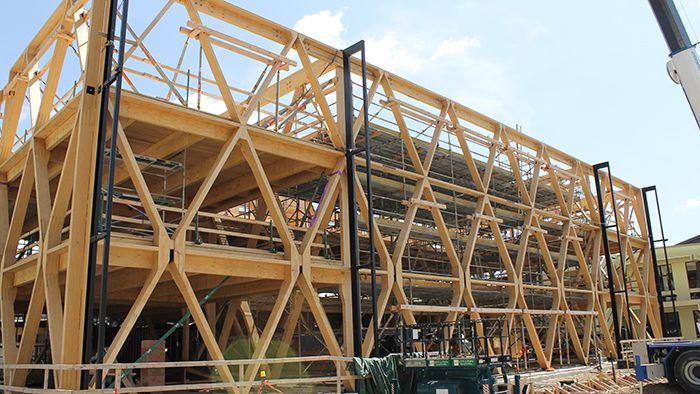
Read more about Te Whare Nui o Tuteata
Modified wood: Strong, durable and colourful
We’re using natural methods and products to modify wood to increase the ways wood can be used. Radiata pine is a great allrounder and a sustainable product but it is not as stable and durable as some other timbers. And it only comes in one colour.
Preventing moisture level changes in timber gives a more stable and durable product. Radiata pine wood is made up of reasonably large, even cells. The centre of the cells is filled with sap in the tree. When wood is dried, the cells empty out. However, moisture can get back in easily, causing rot, or splitting and warping. A high temperature treatment or filling wood cells with biochemicals are two ways to make timber more stable and durable.
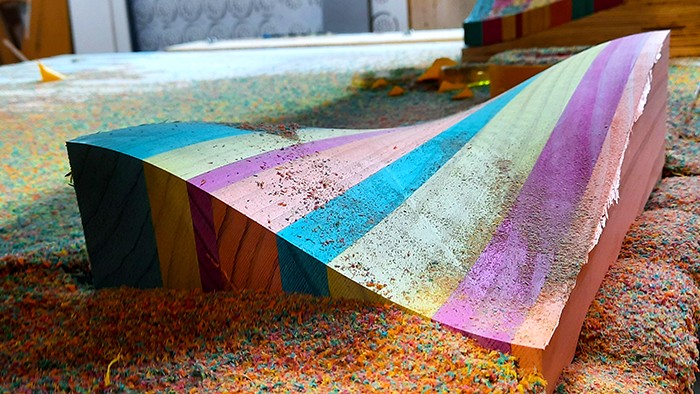
Read more about Improving the performance of wood products
X-Frame recoverable and reusable framing system
Construction can be wasteful, from the building process to what happens to materials when they reach the end of their useful life. One option to maximise resources use and minimise waste is rethinking timber framing with X-Frame.
We are designing buildings for change and making sure we can repair, reconfigure, remove and reuse each and every building element. X-Frame uses engineered timber sheet materials to create a modular structure where all walls can be effortlessly connected and reconnected. All the parts are entirely recoverable and can be directly reused in future buildings.
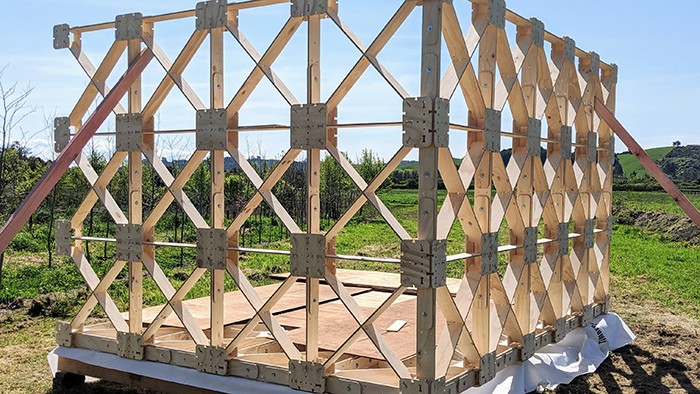
Read more about the X-Frame
3D and 4D printing with new biomaterials
We are making and creating using new materials and methods.
Making things in big numbers in one place can save money. However, traditional factories create waste, making new products can require expensive changes and finished products may have to be transported long distances.
3D printing is very flexible. One-off items can be created quickly with minimal waste. In New Zealand, a network of 3D printers could make the products needed locally, from local resources. 3D printing is also ideal for testing new materials and designs. 4D printed objects are made with materials that respond to changes in their environment, e.g., a plastic that changes colour with temperature could quickly detect if someone has a fever.

Read more about 3D printing
Modern life with (bio)plastics
Lightweight, cheap, versatile – imagining life without plastic is difficult. Yet only 9% of the plastic ever made has been recycled and eight million tonnes of plastic end up in the ocean every year.
Plastics made from 100% biobased materials can replace plastics made from oil. At the end of their useful life some can be reused and recycled – others – biodegradable biobased plastics can break down into carbon dioxide and water and become the fundamental building blocks for the next generation of bioplastics. Bioplastics can be made by microbes, or from plants, including a huge variety of resources that we currently consider as waste. Bioplastics made from and containing sustainably grown materials will be part of the circular bioeconomy.

Read more about Biomaterials
Bark biorefinery: Making the most of bark
Bark may not look like much, but it could have a big future. We are looking at ways to make the most of it.
Bark is removed from logs before processing. While some gets used in gardens, much of the 2.4 million tonnes of bark available every year is left lying around.
Bark is like a tree’s suit of armour. It contains compounds that protect the tree from infection and insects, sun and weather. It keeps the sap in and delicate new wood cells safe. Extracted, these bio-compounds can be worth a lot of money. We are developing cost-effective methods to extract the high value chemicals from bark and ways to generate energy from what is left over.
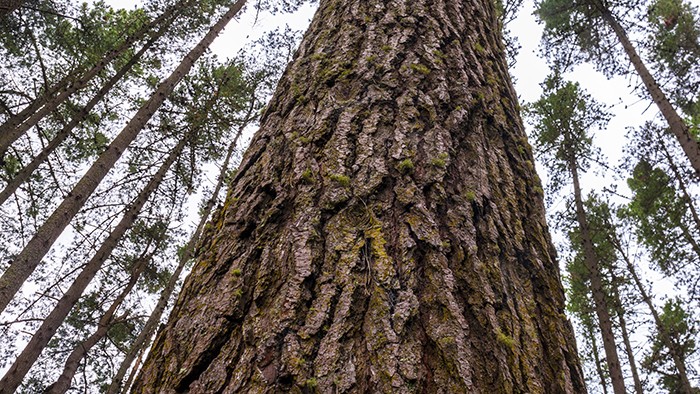
Read more about Bark biorefining
